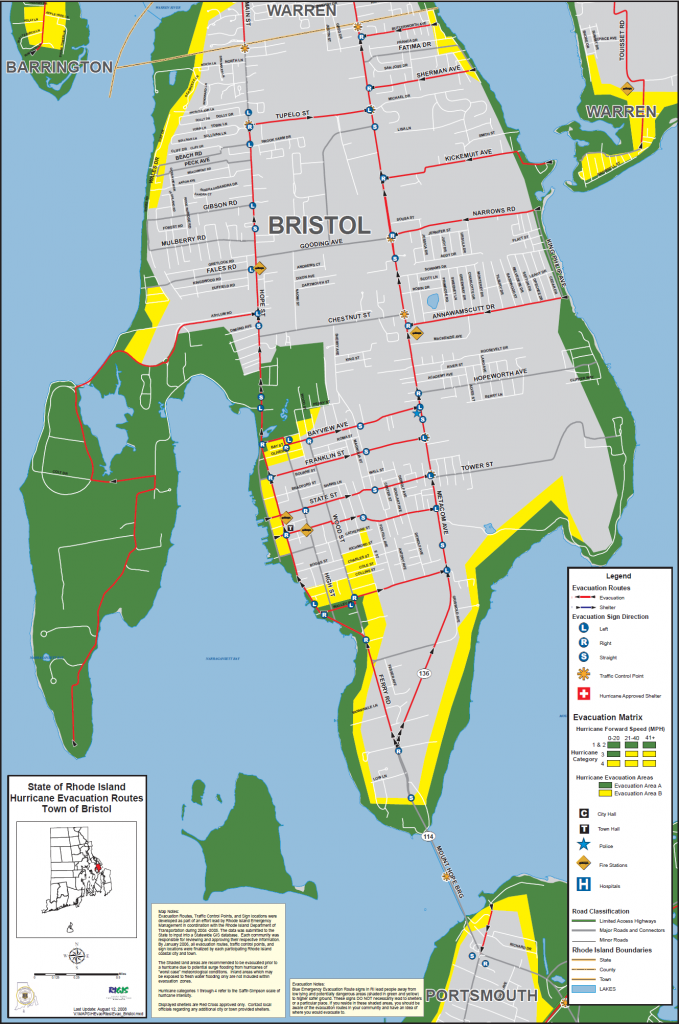As grant funding is one of the largest sources of state revenue, it would be remiss for any program administrator facing financial difficulty to not leverage these available funds towards their program (Menifield, 2009). With this in mind, I will create a fictional program and discuss many of the points worthy of mention when completing a grant proposal for such a program, as presented by Markin (2006). The fictional program will provide an opportunity for the criminal justice system to intervene with young offenders during enrollment in the probation program to prevent recidivism.
The Proposal
Statement of the Problem
The juvenile recidivism rate in the State of Connecticut is approximately 33-36% (University of New Haven, 2010). Though the recidivism rate is not counted through the transition from juvenile to adult, it is widely believed that most adult offenders have committed offenses as juveniles (Burnette, 2004). According to Stone (2010), interdicting juvenile offenders at the time of first offense reduces the overall risk of recidivism.
Goals, Objectives, and Performance Measures
Goals of this program should be directly measurable. For one, the immediately obvious goal for this program would be a measurable reduction in juvenile recidivism. Objectives could be relative to benchmarks within the program to show periodic compliance, such as the absence of drug use by participants and evaluation of test scores. Another goal of this program could reduce first adult offenses by juvenile offenders.
Program Design
The development of this juvenile offender outreach program takes into consideration three different evidence-based programs that show promising reductions in juvenile recidivism. The first program is a 12-step program, called Moral Reconation Therapy ® (MRT). According to Burnette et al. (2004), MRT involves reprogramming of the participants’ sense of self, sense of others, attitudes towards risk-taking, and provides a foundation of support and improved moral reasoning. MRT is credited at reducing relative recidivism by 39-60%.
The second program is a mentor program that can be easily integrated with MRT. The mentor component focuses on the importance of vocation and work ethic (Stone, 2009). The vocational mentor program has shown to reduce recidivism by 50-65%.
The third program, a restorative justice mediation program that allows “offenders … to brainstorm with the mediator and the victim on how best to make reparations” (University of New Haven, 2010, para. 3). UNH Associate Professor and Director of the Legal Studies Program Donna Decker Morris (as cited in University of New Haven, 2010) advocates this program and credits the program with 40-45% reductions in recidivism rates.
By integrating all three programs into a single cohesive approach, recidivism rates could be reduced by as much as 90-95%; however, this is an estimate and requires close and frequent assessment.
Organization & Management
Though it is beyond the scope of this fictional presentation, Markin (2006) shows the importance of providing the names and credentials of the professionals who will be working within the program.
Funding
The primary source of funding for programs such as this is grant funding (Menifield, 2009). One grant opportunity, Serving Juvenile Offenders in High-Poverty, High-Crime Communities (SGA-DFA-PY-11-09; U.S. Department of Labor, 2012), focuses on improving the long-term labor market prospects for youths aged 14 and above. This grant is focused towards high-crime, high-poverty areas and, therefore, provides for the opportunity for high impact.
As the program focuses on impacting juveniles and increasing their focus towards vocational contributions towards society and their community, this grant opportunity is appropriate to fund this program.
Discussion
Whether in hard times or easy times, we live in communities and want to contribute to the improvement of society, though most of us do this passively. A program such as the one outlined above can have significant effects at improving society by reducing crime, removing first-time offenders from the criminal justice system, and increasing employability of those offenders thereby decreasing the overall unemployment rate. Programs such as these can have far reaching and immeasurable effects on each member of the community.
Government realizes that it is highly ineffective at controlling local programs and provides grants to states and localities, as well as not-for-profit organizations, to help administer programs that it feels would be beneficial to society as a whole. This process assists states and localities by positively impacting directly the lives of those living within the community.
Burnette, K. D., Swan, E. S., Robinson, K. D., Woods-Robinson, M., Robinson, K. D., & Little, G. L. (2004). Treating youthful offenders with Moral Reconation Therapy®: a recidivism and pre- posttest analysis. Cognitive Behavioral Treatment Review, 3, 14-15. Retrieved from http://www.moral-reconation-therapy.com/Resources/Treating%20Youtful%20Offenders.pdf
Markin, K. (2006, September). How to write a proposal for an outreach grant. The Chronicle of Higher Education, 53(4), C1, C4.
Menifield, C. E. (2009). The basics of public budgeting and financial management: a handbook for academics and practitioners. Lanham, MD: University Press of America.
Stone, K. (2009). Vocational mentoring program for youth [Grant proposal]. Retrieved from http://www.jud.ct.gov/recovery_act/Mentoring.pdf
University of New Haven. (2010, January 12). Breaking the cycle of juvenile crime: UNH study shows mediation effective in reducing juvenile recidivism. Retrieved from http://www.newhaven.edu/news-archive/35806/
U. S. Department of Labor, Employment and Training Administration. (2012, April 4). ETA grants. Retrieved from http://www.doleta.gov/grants/find_grants.cfm


